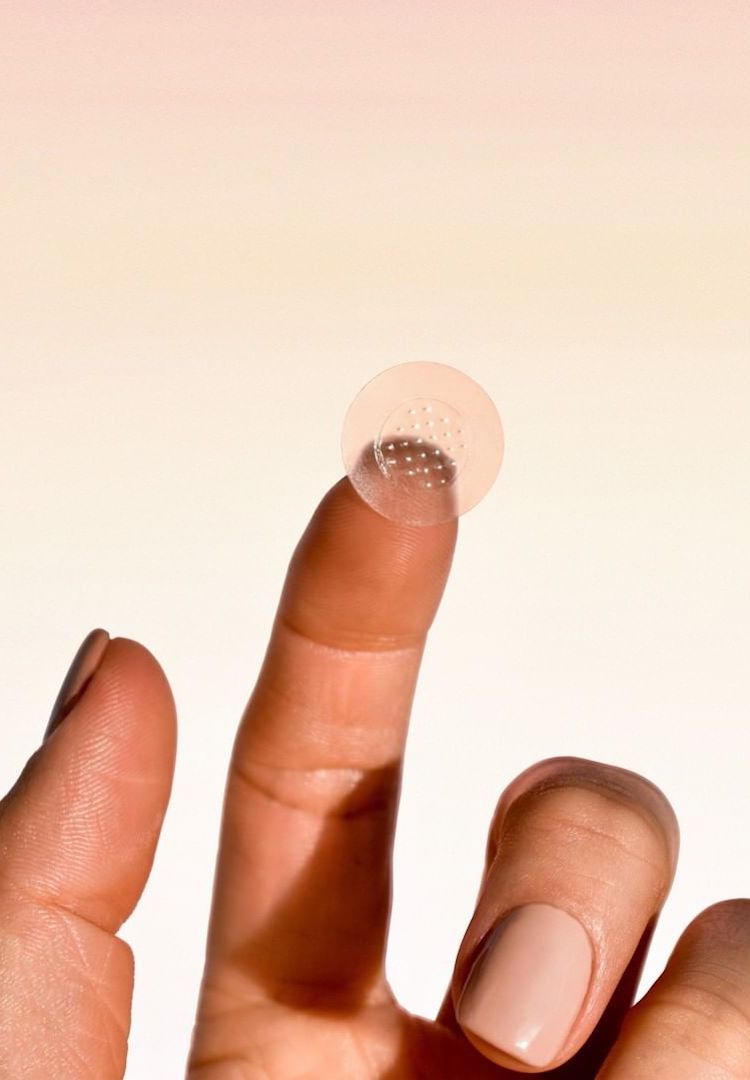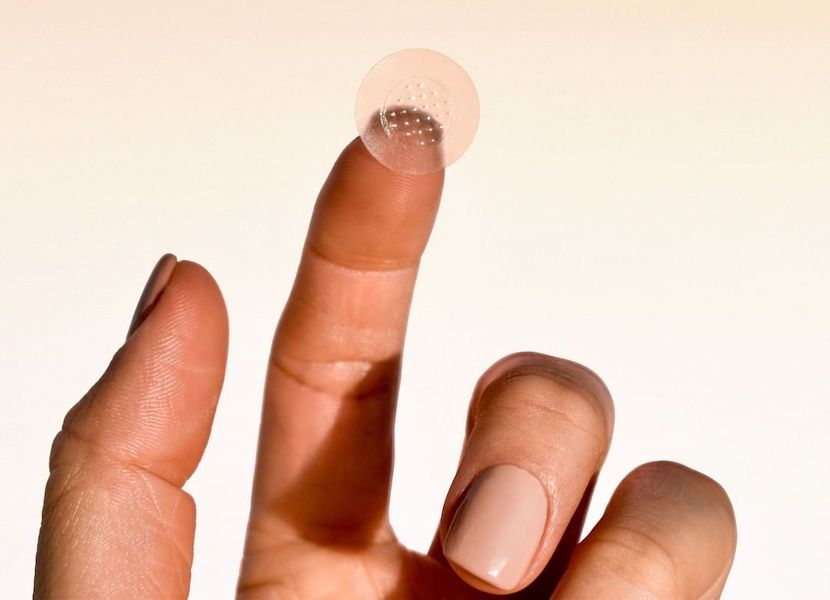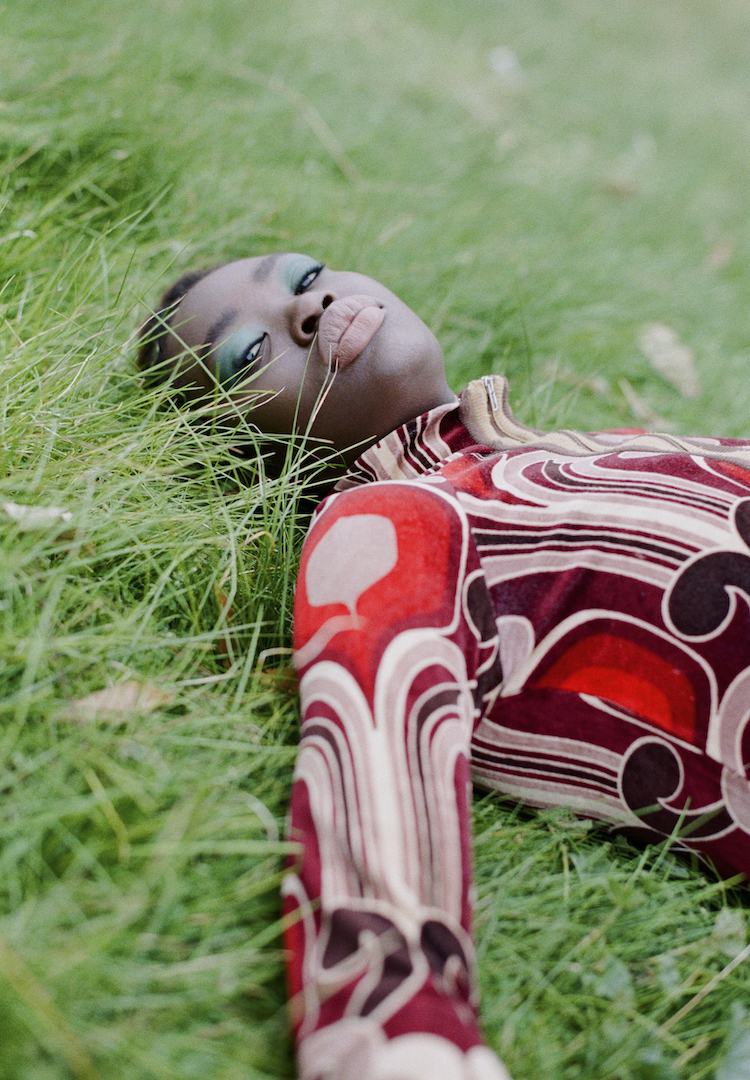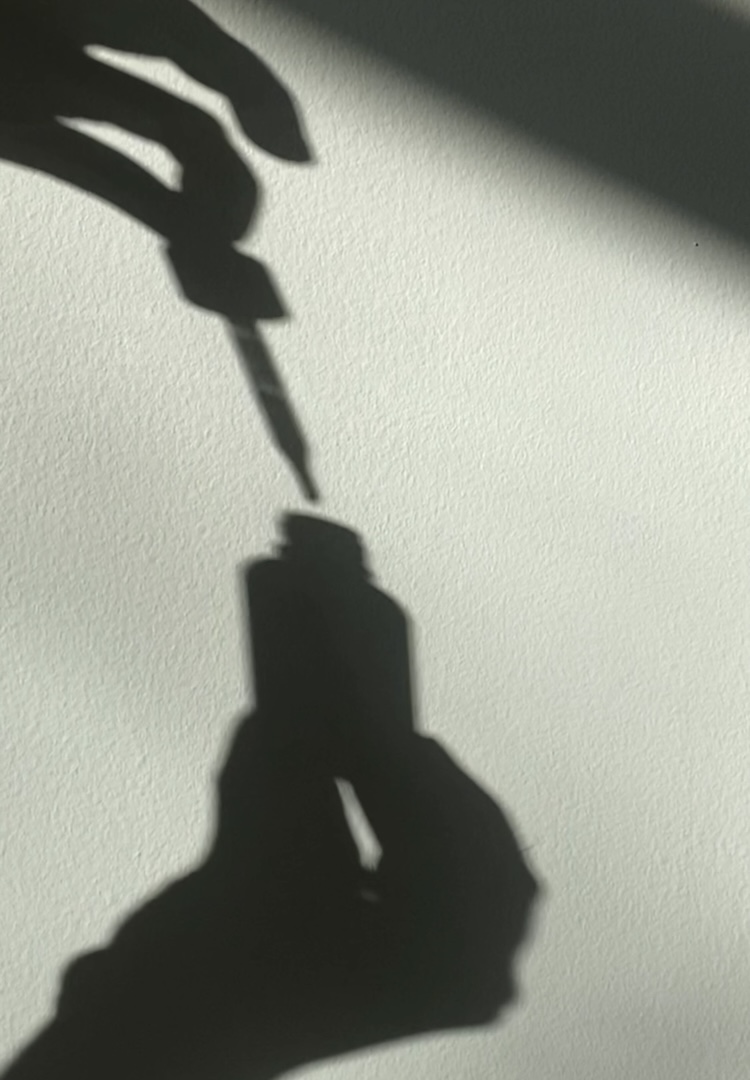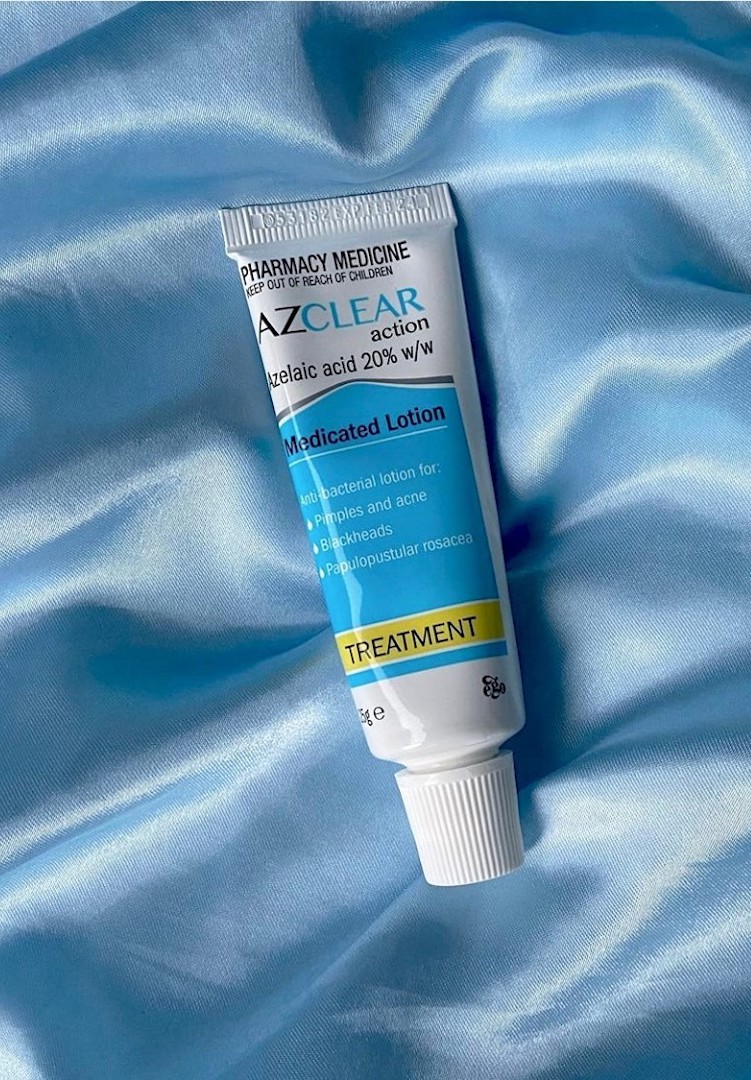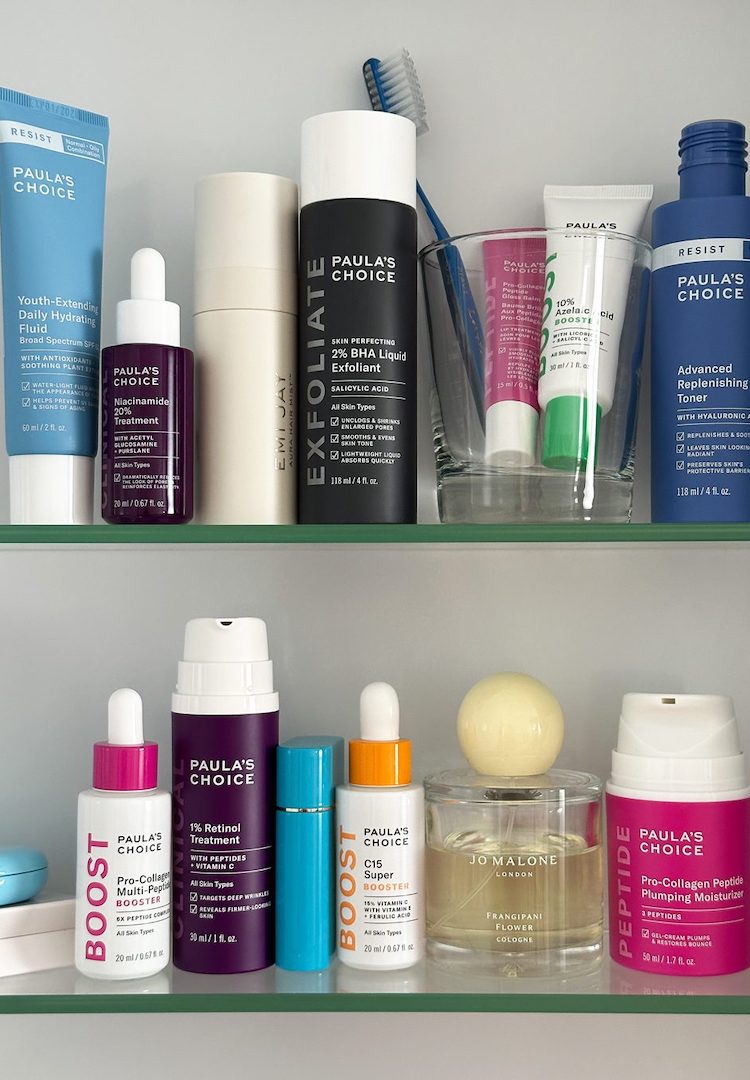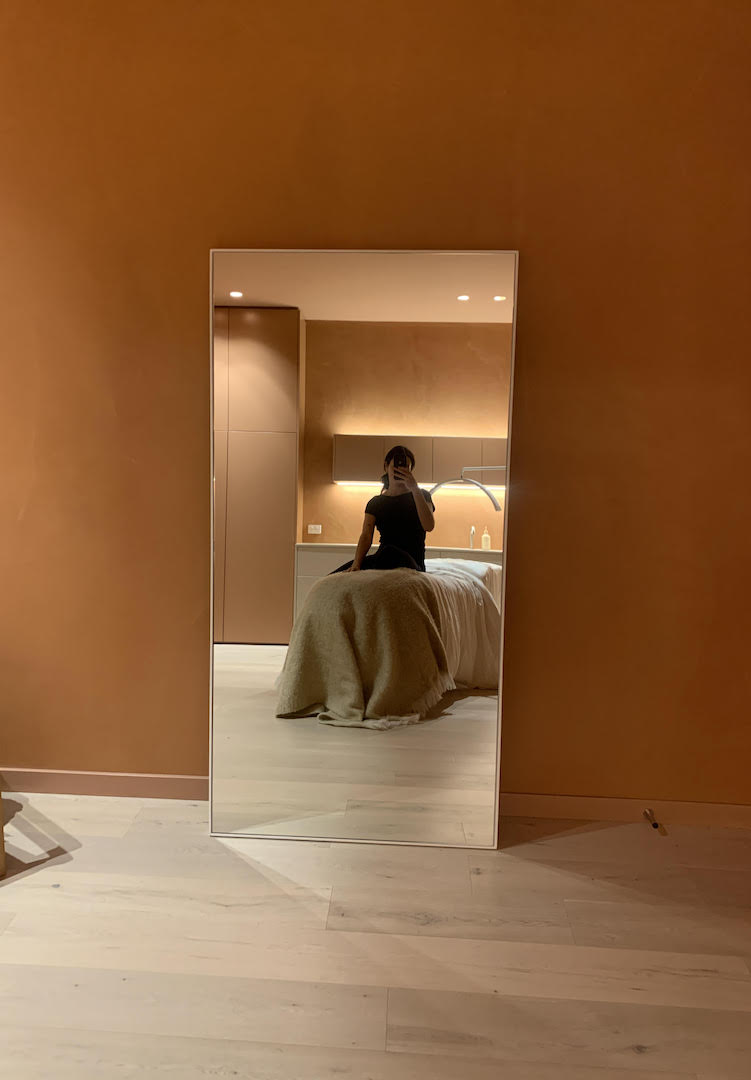What are pimple patches and more importantly, do they work?
IMAGE VIA @zitsticka/INSTAGRAM
WORDS BY EVE LOLLBACK
Move over Mario Badescu.
Having solidified their place in bathroom cabinets, nestled next to the likes of cult favourite products like Mario Badescu’s Drying Lotion or Proactiv’s Three Steps, pimple patches are the beauty industry’s newest quick acne fix offering.
Put simply, pimple or zit patches are acne spot treatments that are applied directly to blemishes, like healing bandages. They prevent you from picking and absorb fluid from the pimple while killing bacteria to stop further inflammation.
We’ve tried out the latest beauty hacks so you don’t have to. Head to our Beauty section for more.
Pimple patches started out – as most excellent skincare inventions do – as a fixture in the Korean skincare industry, before breaking into the Western market in around 2015. Currently, there is an overwhelming selection of different patches. They retail at (sometimes vastly) different price points and are each soaked with a cocktail of different ingredients like salicylic acid, tea tree oil and niacinamide.
If you’re thinking that a patch that rids you of pimples sounds too good to be true, you aren’t the only one. I sat down with beauty journalist and dermal therapist Yadira Galarza Cauchi to investigate whether pimple patches are worth incorporating into my skincare regime.
What are they made of and how do they work?
Pimple patches are predominantly made of the same material as hydrocolloid bandages, although they’re thinner. Hydrocolloid bandages have traditionally been used to draw fluid out of a wound and are designed to keep the skin underneath moist/speed up the healing time. However, some pimple patches are often infused with ingredients such as salicylic acid or tea tree oil which are beneficial for treating acne. Pimple patches don’t need active ingredients to be effective. Non-hydrocolloid pimple patches exist as well, they just don’t draw anything out of a pimple.
Do they actually work?
Yes, when they are formulated well and used correctly.
View this post on Instagram
Can I just buy blister pads from the chemist?
You can, although I wouldn’t recommend it. These bandages weren’t traditionally made for treating acne. I’d always recommend a skincare product specifically formulated for treating acne.
Are they bad for your skin?
Generally no, however, some may be irritating to certain skin types. Additionally, if they are used on the wrong type of acne, like cystic acne, they may dry out the skin unnecessarily which could lead to further damage including scarring with continued use. It’s important to keep an eye on your skin for irritation or any sign of reaction.
Are they suitable for all skin types?
Yes, if used correctly. However, this would also depend on the ingredients.
Do they work on blackheads? What about cystic acne?
No, pimple patches will not work on blackheads. Blackheads don’t have any inflammation (i.e. there is no soreness or infection), they are clogged pores. Adequate hydration and regular exfoliation are best for blackheads. Pimple patches wouldn’t be my go-to for cystic acne either. Cystic acne is that painful type of acne that never comes to a head. You don’t want to cause any further irritation to this type of acne unnecessarily. Cystic acne often requires an inside out approach.
Which brand is the most effective? What ingredients should I look for in my pimple patches?
I like Neogen for basic hydrocolloid patches. Zitsticka is also a great brand. They have patches for different stages of acne – another thing that is very important as you don’t want to dry out a pimple too early. I’d look for ingredients such as salicylic acid, niacinamide and tea tree oil.
Where can I buy them?
Neogen is available at my clinic, Extra Clinic in Canberra, and Zitsticka is available online.
To connect with Yadira head here.


